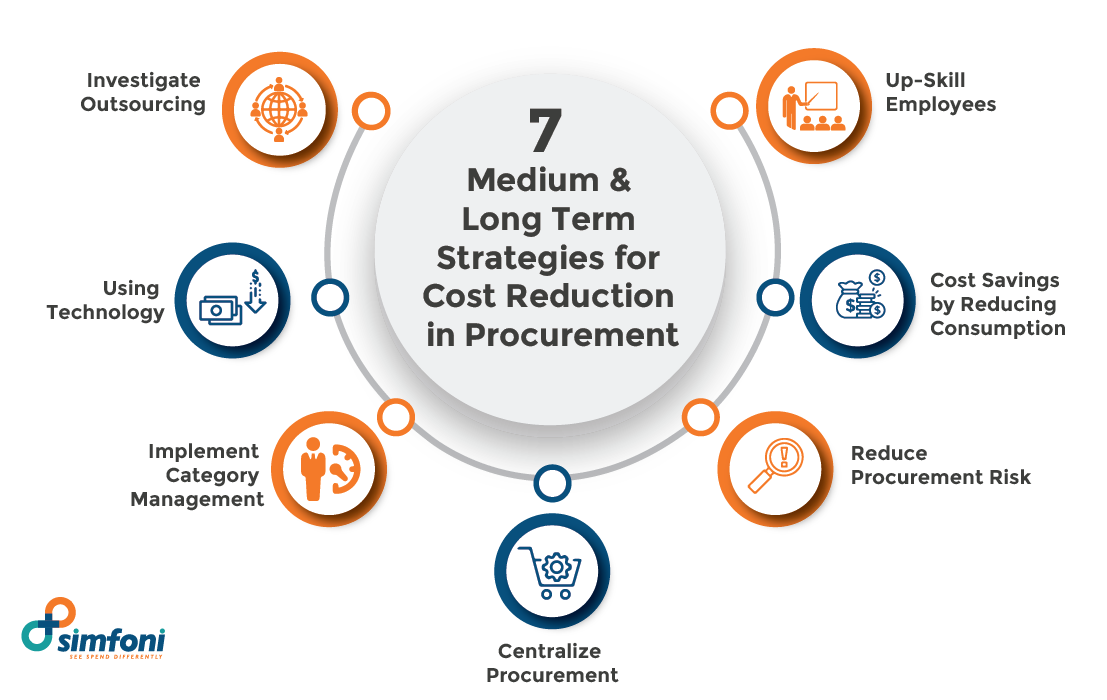In the business world, managing inventory efficiently is crucial for reducing costs and improving profitability. One effective approach to achieve this is through inventory optimization, which focuses on finding the right balance between stock levels, customer demand, and supply chain efficiency. By implementing strategic inventory optimization techniques, businesses can minimize excess inventory, eliminate stockouts, and ultimately reduce costs.
The Importance of Inventory Optimization
Inventory optimization plays a vital role in cost reduction for several reasons:
1. Minimizing Excess Inventory
Excess inventory ties up valuable working capital and incurs additional costs such as storage, maintenance, and insurance. By implementing inventory optimization strategies, businesses can identify and reduce excessive stock levels, thereby freeing up capital for other investments and minimizing carrying costs.
2. Avoiding Stockouts and Lost Sales
Stockouts occur when businesses run out of products, leading to lost sales and potential customers switching to competitors. Through inventory optimization, companies can better forecast demand, maintain adequate safety stock levels, and prevent stockouts, ensuring customer satisfaction while maximizing sales opportunities.
3. Improving Supply Chain Efficiency
Optimizing inventory levels throughout the supply chain leads to smoother operations, reduced lead times, and improved overall efficiency. By adopting inventory management systems and data-driven analytics, businesses can streamline their supply chain processes, minimize bottlenecks, and enhance collaboration with suppliers, resulting in cost savings.
Inventory Optimization Techniques
Implementing effective inventory optimization techniques requires a holistic approach involving the following strategies:
1. Demand Forecasting
Accurate demand forecasting is essential for optimizing inventory levels. By analyzing historical sales data, market trends, and customer behavior, businesses can make informed predictions and adjust their inventory accordingly. This minimizes the risk of excess stock and stockouts, leading to cost reductions.
2. Safety Stock Management
Safety stock is the inventory buffer maintained to mitigate unexpected variations in demand or supply. By setting appropriate safety stock levels based on historical data, lead time variability, and desired service levels, businesses can ensure a smooth flow of products while avoiding excessive safety stock. This results in significant cost savings.
3. Just-In-Time (JIT) Inventory
JIT inventory management involves receiving goods from suppliers only when needed in the production or sales process. By reducing the amount of inventory stored, businesses can minimize holding costs and the risk of obsolescence. Implementing JIT principles requires close collaboration with suppliers and streamlined supply chain processes.
4. ABC Analysis
The ABC analysis categorizes inventory items based on their value and consumption. By classifying items as A (high-value, low-consumption), B (moderate-value, moderate-consumption), and C (low-value, high-consumption), businesses can prioritize their inventory management efforts accordingly. This ensures optimal allocation of resources and cost reduction by focusing on critical items.
Conclusion
Inventory optimization is a powerful tool for cost reduction in businesses. By implementing techniques such as demand forecasting, safety stock management, JIT inventory, and ABC analysis, companies can strike the right balance between customer demand and supply chain efficiency. This leads to minimized excess inventory, reduced stockouts, and significant cost savings, ultimately improving profitability and competitiveness.
